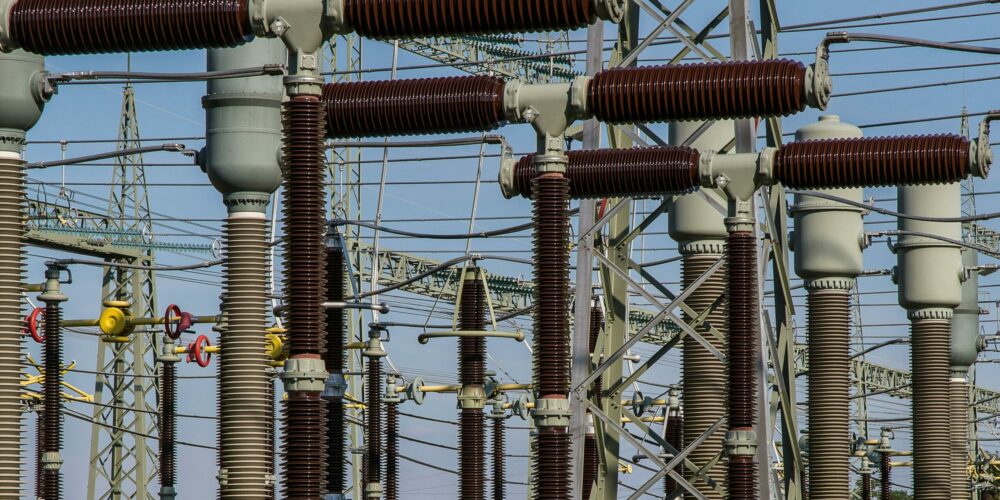UKPN’s HeatScape Maps Electrified Heat Networks Growth
22nd September 2025UK Power Networks (UKPN) has unveiled a major new project called HeatScape, a forward-thinking initiative aimed at forecasting the development of electrified heat networks across the UK. As the country accelerates its shift away from gas heating in favour of low carbon electric alternatives, HeatScape promises to play a pivotal role in ensuring that the electricity grid is ready for the transition.
The HeatScape project is built around data modelling, spatial mapping, and scenario planning. Its primary goal is to help UKPN anticipate where heat networks are likely to grow and how much additional power demand they may place on local grids. With electrified heating expected to become a core part of the UK’s decarbonisation strategy, timely infrastructure investment will be critical to avoid energy shortages, bottlenecks, or overbuilding.
The insights generated through HeatScape will feed directly into UKPN’s Strategic Forecasting System, an internal tool used to plan long-term grid upgrades and reinforcements. By identifying where future demand will emerge, the system allows the network operator to deliver upgrades more efficiently, thus saving money and time, and reducing the risk of service disruptions for customers.
Importantly, the project isn’t being developed in isolation. UKPN is collaborating with several partners on HeatScape, including engineering consultancy Arup, environmental advisory firm ERM, and Bring Energy, which operates the East London Energy Distribution heat network. This cross-sector cooperation ensures that HeatScape will be grounded in real-world data and practical deployment knowledge.
While HeatScape is focused on strategic planning, it also complements other UK Power Networks innovation projects such as Heatropolis a hands-on trial initiative exploring how smart controls, thermal storage, and flexible heating contracts can help balance electricity demand during peak periods. Where Heatropolis tests these technologies on the ground, HeatScape looks ahead, asking: Where will electrified heat networks emerge? What will they demand from the grid? And how can the system prepare?
Beyond simply identifying areas of growth, HeatScape also aims to highlight where flexibility solutions, like thermal storage, can be deployed to ease pressure on the grid. By storing heat during off-peak hours and using it later, customers and networks can reduce demand spikes and avoid costly reinforcements.
The long-term benefits of the project could be substantial. Smarter planning will mean faster, cheaper connections for developers of new heat networks. Consumers could benefit from lower energy bills and more reliable service. And on a national level, strategic investment in electrified heating infrastructure will help the UK meet its legally binding net-zero emissions targets.
With heating currently responsible for over 30% of the UK’s carbon emissions, electrification of heat is one of the country’s biggest decarbonisation challenges. HeatScape positions UK Power Networks at the forefront of this transition, using data and foresight to ensure that the grid not only keeps up, but stays ahead.
In parallel with projects like HeatScape, companies such as Durotan are playing a crucial role in the nation’s decarbonisation journey. Durotan’s pipework is a key component in the construction and efficiency of modern heat networks, enabling the distribution of low-carbon heat with minimal energy loss. By supplying durable, energy-efficient piping solutions for both district and communal heating systems, Durotan supports the development of resilient, future-ready infrastructure. Their work complements the goals of HeatScape and other national initiatives, ensuring that the physical backbone of the UK’s low-carbon heating networks is as robust and forward-thinking as the grid planning that supports it.

